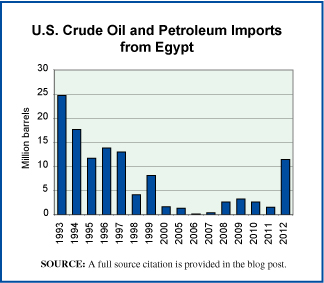Products purchased to help organize the garage constitute the fastest growing segment of the home storage and organization market. In recent years, the garage has become more than just a place to park cars. Only 35% of garages made to fit at least two cars have room for more than one. While many homeowners use their garage for storage, there’s a growing segment of the population that use their garage as an extension of their home — installing granite floors, wide-screen televisions, and state of the art sound systems.
Data show the projected size of the garage storage and organization market in the United States in 2015. That year, the total home storage and organization market is expected to reach $9 billion, which means that the garage segment will represent nearly a fifth of the total market. Managing all of our stuff has become a real job and for some, a business.
Geographic reference: United States
Year: 2015
Market size: $2 billion
Source: Jayne O’Donnell, “Garages Can Be a Man – Or Woman – Cave,” Detroit Free Press, April 21, 2013, available online here.
Original source: Freedonia Group
Posted on April 25, 2013


